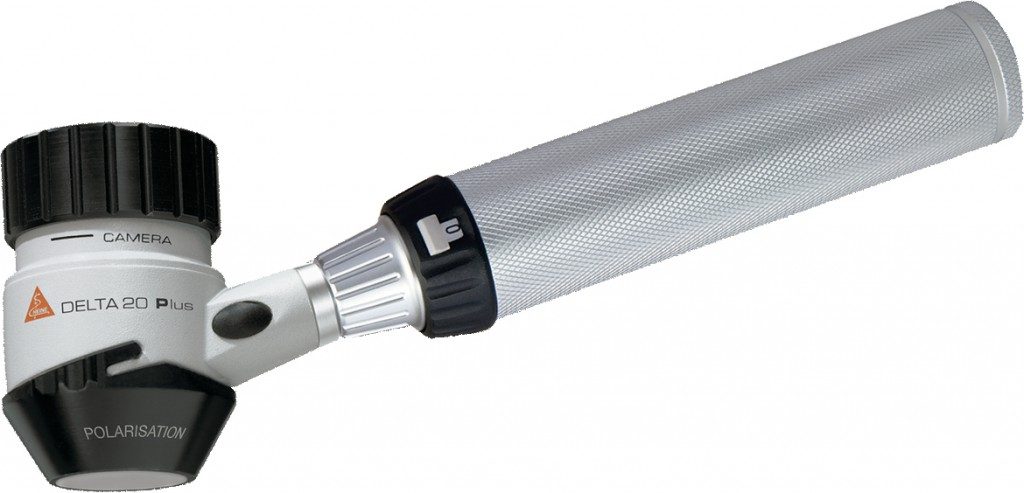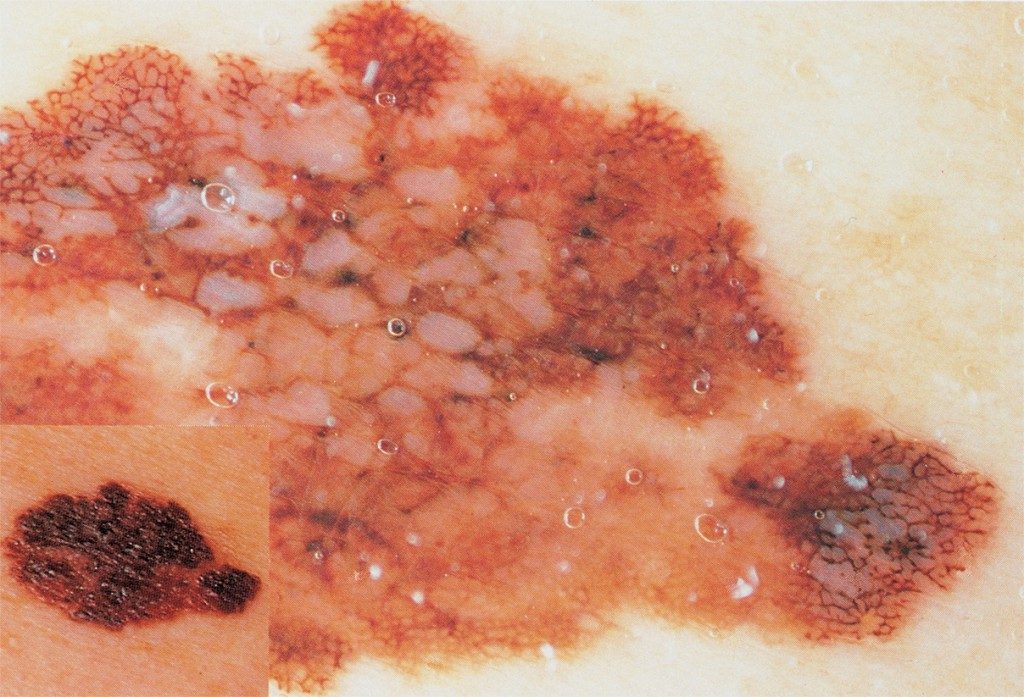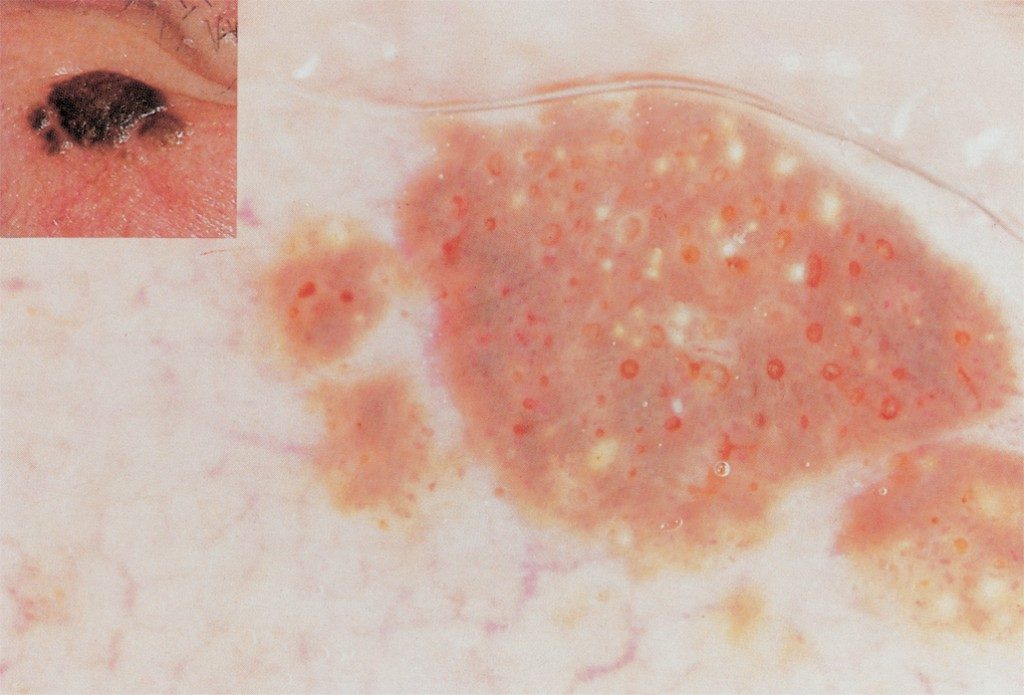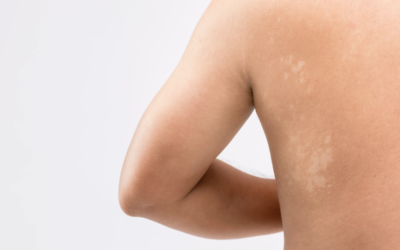Medical Skin Checks Geelong
A medical skin check is the examination of all areas of the skin to detect skin cancer. It is done under illumination and magnification and suspicious lesions may be examined further by a special instrument called a dermatoscope.
You will normally be asked to undress down to your underwear for a skin check. A standard full skin examination takes 15-20 minutes and is performed by a medical practitioner.
Why is a skin check important?
The early detection of skin cancer increases the chance of successful treatment, the earlier the treatment the better the outcome.
Book in for a Medical Skin Check at Geelong Veins, Skin and Laser. A medical skin check with our doctors only takes 15 minutes.
Who needs to check their own skin?
The Cancer Council recommends that all adults particularly those aged 40 and over should become familiar with their skin and check by self examination all areas of their skin. The emphasis is to look for changes in shape, colour or size or a new spot. If you notice anything unusual you need a skin check by a medical practitioner.
Contact us to book in an appointment time that suits you.
Who needs a medical skin check?
If on self examination you notice anything unusual such as a new or changing mole, freckle or spot you need to have a medical skin check. If a mole looks different to other moles or a new mole appears after the age of 25 you should have it checked.
There is no one specific feature that indicates a skin cancer, the best indication is if it is changing get it checked.
Get a handy guide to skin cancers and harmless spots.
Why use Dermoscopy?
Dermoscopy (also called Dermatoscopy) is a term used to describe the use of a light magnification system to examine skin lesions.

The use of liquid or polarized filters removes the normal scattering of light on the surface of the skin (stratum corneum) allowing the top layer of the skin (epidermis) to become translucent and hence allow a detailed examination of the epidermis and where the epidermis meets the dermis (epidermodermal junction) ie the upper 3mm of the skin.
The main advance with dermoscopy has been the greatly improved diagnostic accuracy of melanoma compared to naked eye examination. This has resulted in decreasing the need for biopsy and improving the detection rate of melanoma.
Various magnifications have been used with dermatoscopes but a fixed magnification of X10 is the most favoured magnification.


How often should I check my skin for skin cancer?
As a general guide if you are over 40 you should do a monthly self examination of your skin.
If you have a past history of skin cancer or a family history of skin cancer then you may need to start checking your skin at a younger age.
When checking your skin think of the ABCDE of self examination and the warning signs:Asymmetry: If not symmetrical (ie
Asymmetry: If not symmetrical (ie one half a different shape to the other half)Border : If uneven border
- Border: If uneven border
- Colour: If variety of colours
- Diameter: If larger than the end of your pen (ie 6mm)
- Evolving: If changing in size, colour, shape, elevation or symptoms of itching or bleeding
If you notice changes in a skin lesion such as these then you need a medical skin check.
Meet our Medical Skin Check Expert
Dr Barbra Ward
Dr Ward is an experienced in skin dermoscopy and offers medical skin cancer checks and excisions. She is also able to treat birthmarks, vascular skin lesions and fungal nail infections with the latest laser techniques.
From the Blog
Pityriasis Alba
What is Pityriasis Alba? Classic Pityriasis Alba is a skin disorder that is usually asymptomatic and mildly itchy, it is characterized by moderately scaly hypopigmented (skin lacking pigment) macules that are poorly defined. Pityriasis Alba can last for months up to...
What are the best anti-aging products?
At Geelong Veins Skin and Laser we are committed to stocking the best anti-aging products that are clinically proven to cause a positive change in the skin. Synergie Skin and O Cosmedics are two results driven skin care brands stocking a wide variety of scientifically...
Is it just ‘’dry skin’’ or could it be one of these skin conditions?
Is my itchy dry skin a skin condition? For many people winter can mean dry, itchy, rough, and sensitive skin. If you struggle with dry skin during the winter months you are definitely not alone, it is something we have all experienced and we all dread as the weather...


